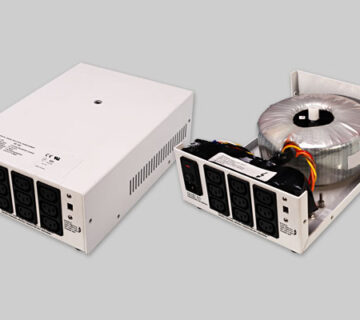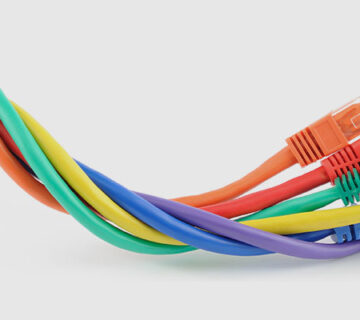Most people are now opting for customized cable harnesses, rather than off-the-shelf ones; understanding the various benefits that customized harnesses provide over regular ones. And, this makes it important to have the right cable harness manufacturers in India hired. This is because manufacturing customized harnesses is not as easy as manufacturing products with standard specifications. There is a vast difference between manufacturing personalized harnesses and standard ones. Let’s help you know how customized cable harness manufacturing is different. Here is an ultimate guide that’ll help you go through the entire process of effective harness customization.
Step 1 – Clear design drawings
Every product manufacturing begins with a proper layout and planning. Same is the case with customized cable harnesses too. A proper design drawing is required, based on which the manufacturing processes will be decided. If production automation buyers can provide a thorough and clear design drawing for their customized harness to the manufacturer, it will help improve the effectiveness as well as durability of the end products.
Step 2 – The material to be used
Once the design is finalized, next comes the decision about the kind of materials to be used. There are a host of different materials available for usage in manufacturing cables and harnesses, such as vinyl, PVC, PE, PUR, etc. It is essential that the right kind of material is selected, depending upon the design as well as application that the cable harnesses need to be used in. For instance, vinyl is tough and rigid, while PVC helps against mechanical damage and EMI; PE has high dielectric strength, while PUR can withstand high thermal conditions. This way, every material has its own unique pros and cons, which all must be weighed out before deciding on the perfect material for the particular product and application.
Step 3 – Every other wire consideration
Now that the material is decided upon, there comes a multitude of other considerations to be made.
Type of harness – You could harness your wires in a variety of ways. You must also weight out the pros and cons of each style and decide on the best possible harnessing type.
Coatings and fillings – Is there any kind of special coating or insulation required? For instance, you may need heat shrink coatings for medical environments, or layered shielding for safe data transmission. Then, you may also need nylon, paper, or polypropylene fillers within for better and easier installation.
Coding – You may have your cables coded for easier reference, which makes it easy in the situations of repairing and replacement. You could have your cables coded with numbers, custom colours, barcoding, or tagging.
Safety – Safety is of utmost importance when it comes to any electrical equipment. Every cable harness should be checked for their voltage and current capacities to ensure safety as well as maximum signal reliability.
Step 4 – Additional qualities required
Certain applications may require specific qualities from the cable harnesses because of the unique kind of environment they need to be used in. For instance, certain applications would require harnesses that can withstand extreme temperatures, other hot machine applications may require harnesses to be flame retardant. Then, there could be applications that may require harnesses that are flexible rather than being stronger; and certain outdoor applications may require prevention from moisture, water, or chemicals. Depending upon the application and environment, the additional qualities of the cable harnesses are decided upon.
Step 5 – Conductors and insulators
The conductor is required to pass signals down the line; and the insulator is required to protect the inner components, while prevent any loss of signal and current. Thus, it is very important to choose the right kinds of conductors and insulators. For example, copper conductors are most reliable, aluminium conductors are cheaper, and conductor alloys are stronger than any single metal conductor. Then, for insulators, the temperature and environmental conditions need to be kept in mind.
As you can see, there is so much that goes into considering every aspect of a cable harness. You should thus never compromise on the quality of your harness, for which you require a certified cable harness manufacturer. Certified manufacturers or certified products in the electrical industry are indicators of competency and reliability. Miracle Electronics is one such manufacturer whose production processes are certified for quality to ISO 9001 and AS9100C; and quality of cable harnesses is certified and approved by DGAQA and MSQAA for platform specific applications; thus guaranteeing us to be one of the best and most reliable cable harness manufacturers in India.




